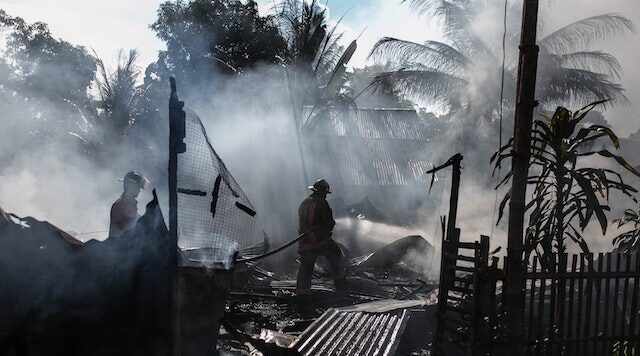The process of dealing with emergencies, such as disasters, is called disaster management or emergency response. This process focuses on the humanitarian aspect of these situations and aims to reduce or prevent the negative effects of all kinds of emergencies. Whether natural or man-made, disasters can be devastating to human life and livelihoods, but there are ways to prepare for and mitigate them.
The first step in disaster management is to train people to respond to disasters. This will help people gather, evacuate, and treat injuries. If possible, they will also secure a designated area where people can gather and receive aid. Different disasters require different expertise, but the goal is the same: to assist victims and their families as best as they can.
The response phase is crucial to preventing further damage and restoring life in disaster areas. In many countries, policies have been enacted to coordinate disaster response efforts. They often include an Emergency Operations Centre, a National Emergency Commission, and a hierarchical structure for disaster recovery. The EOC will coordinate the efforts of the government agencies and the private sector to protect life and property.
While disasters cannot be prevented, reducing the effects they cause is essential. Mitigation measures include physical changes to buildings and the environment. For example, clearing trees near homes can reduce the risk of flooding. Building codes and standards can also protect against storms. These measures, along with other precautionary measures, can help prevent or lessen the impact of a disaster.
Another goal of disaster management is to encourage recovery. This can include rebuilding and providing safe spaces for residents. Recovery efforts can affect the economy, the population, and the ecosystem. Depending on the type of disaster, different recovery methods may be necessary. In order to help people recover, disaster management programs must work with the community’s needs.
Disasters can happen in communities of all sizes and types. An infection caused by a disease, a hurricane, or a chemical spill can cause serious harm to people living in a community. Disaster management prepares people for these events and helps the community recover from the aftermath of the disaster. It is a critical profession for people, as it can save lives and reduce suffering.
A disaster management plan includes strategic planning to prevent disasters and to protect critical infrastructure. In the United States, this policy is outlined by Executive Order 13407, a policy to ensure that the country’s critical infrastructure and assets are adequately protected in case of an emergency. This policy is called the Integrated Public Alert and Warning System.
An emergency management plan is the first step in the preparation process for a disaster. It involves developing a comprehensive response plan and a comprehensive plan to handle the aftermath. The National Disaster Risk Reduction and Management Council (NDRRMC) is the body responsible for ensuring people’s safety and protection during disasters. The council consists of representatives from government agencies, private sector organizations, and non-government organizations.
